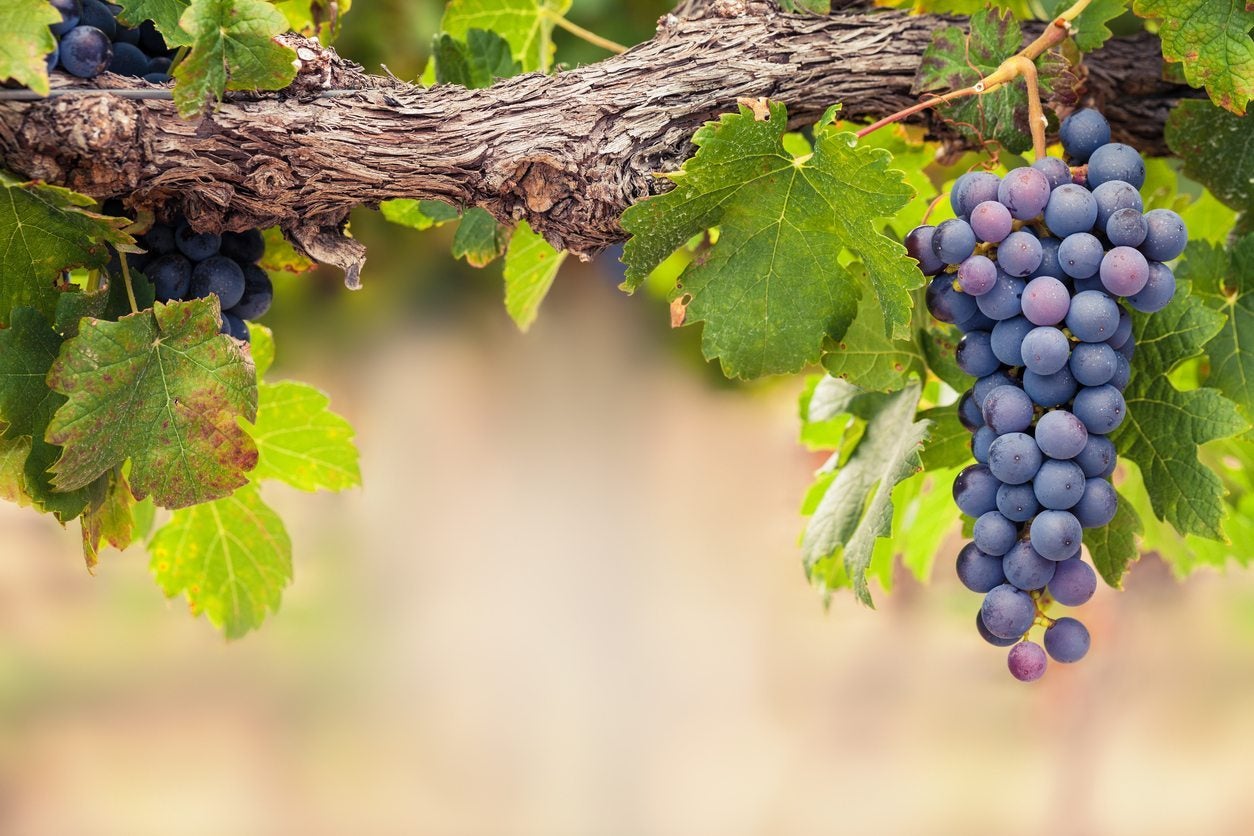Selecting Zone 9 Grapes – What Grapes Grow In Zone 9

When I think about the great grape growing regions, I think about cool or temperate areas of the world, certainly not about growing grapes in zone 9. The fact is, though, that there are many types of grapes suitable for zone 9. What grapes grow in zone 9? The following article discusses grapes for zone 9 and other growing information.
About Zone 9 Grapes
There are basically two types of grapes, table grapes, which are grown for eating fresh, and wine grapes that are cultivated primarily for wine making. While some types of grapes do, indeed, require a more temperate climate, there are still plenty of grapes that will thrive in the hot climate of zone 9. Of course, you want to check and be sure that the grapes you select to grow are adapted to zone 9, but there are a few other considerations as well.
- First off, try to choose grapes that have some disease resistance. This usually means grapes with seeds since seedless grapes have not been bred with disease resistance as a priority.
- Next, consider what you want to grow the grapes for – eating fresh out of hand, preserving, drying, or making into wine.
- Lastly, don’t forget to provide the vine with some type of support whether it’s a trellis, fence, wall, or arbor, and have it in place prior to planting any grapes.
In warmer climates such as zone 9, bareroot grapes are planted in the late fall to early winter.
What Grapes Grow in Zone 9?
Grapes suited for zone 9 are usually suited up to USDA zone 10. Vitis vinifera is a southern European grape. Most grapes are descendants of this type of grape and are adapted to a Mediterranean climate. Examples of this type of grape include Cabernet Sauvignon, Pinot Noir, Riesling, and Zinfandel, all which thrive in USDA zones 7 through 10. Of the seedless varieties, Flame Seedless and Thompson Seedless fall into this category and are usually eaten fresh or made into raisins rather than wine. Vitus rotundifolia, or muscadine grapes, are native to the southeastern United States where they grow from Delaware to Florida and west into Texas. They are suited to USDA zones 5 through 10. Since they are native to the south, they are a perfect addition to a zone 9 garden and can be eaten fresh, preserved, or made into a delicious, sweet dessert wine. Some varieties of muscadine grapes include Bullace, Scuppernong, and Southern Fox. California’s wild grape, Vitis californica, grows from California into southwestern Oregon and is hardy in USDA zones 7a to 10b. It is usually grown as an ornamental but can be eaten fresh or made into juice or jelly. Hybrids of this wild grape include Roger’s Red and Walker Ridge.
Gardening tips, videos, info and more delivered right to your inbox!
Sign up for the Gardening Know How newsletter today and receive a free copy of our e-book "How to Grow Delicious Tomatoes".

Amy Grant has been gardening for 30 years and writing for 15. A professional chef and caterer, Amy's area of expertise is culinary gardening.